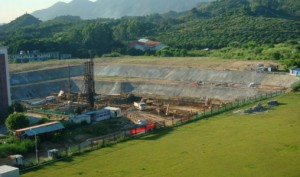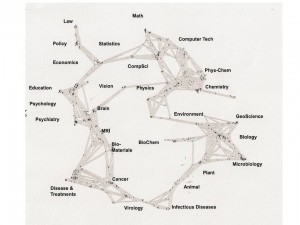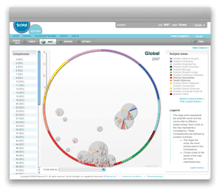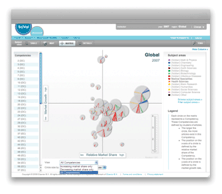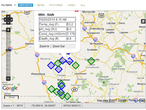

Authors:
By Members of the 2005 “Rising Above the Gathering Storm” Committee; Prepared for the Presidents of the National Academy of Sciences, National Academy of Engineering, and Institute of Medicine
Authoring Organizations
Description:
In the face of so many daunting near-term challenges, U.S. government and industry are letting the crucial strategic issues of U.S. competitiveness slip below the surface. Five years ago, the National Academies prepared Rising Above the Gathering Storm, a book …
Read More
Reviews:
“Five years ago, these authors provided foresight. Now, their vision answers a national imperative.”
– American Chemical Society President Joseph S. Francisco, Ph.D.
Phi Beta Iota: This book was ignored by successive Administrations of both of the “top two” parties, just as Peak Oil, Peak Water, and Infectious Disease warnings were ignored by previous Administrations in the 1970's. The title of the OSS conference, “National Security & National Competitiveness: Open Source Solutions,” sought to communicate both the objective and the method. The US Government is uninformed and nearly comatose with respect to anything remotely associated with strategic objectives and intelligence-driven policy.

